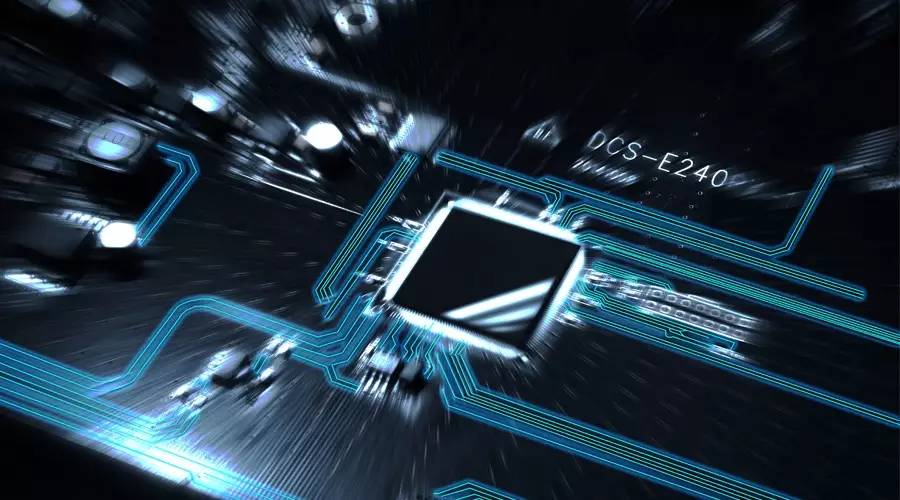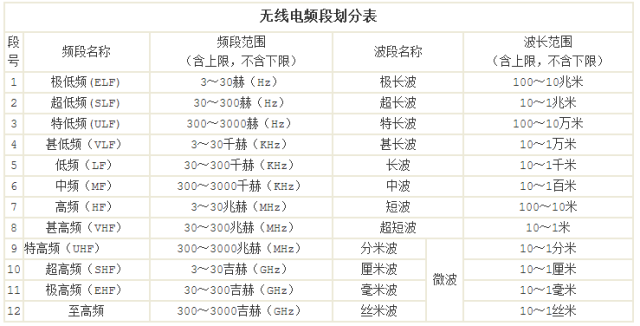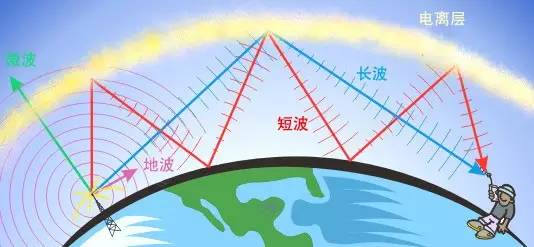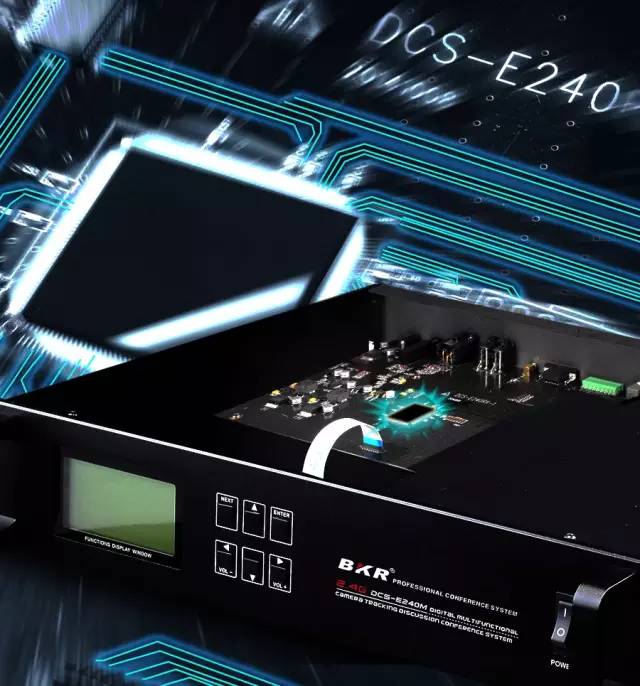Enping Baofeng Electronic Equipment Factory
Will 5G "be the development trend of wireless conference system?
2023-10-26
Will 5G "be the development trend of wireless conference system?
In this era of information digitization, what does "wireless" represent? What does "wireless" remind you of? Mobile phone, WIFI, 4G, 5G? Wireless is more than that! Among them, the "wireless conference system" series of products will also become one of the important manifestations in the field of wireless communication technology; wireless will be an important trend in the development of products in various industries.

Radio communication is one of the earliest applications of electronics and one of the latest applications of electronics. There are new developments in this field every day. From the earliest Clark published an article in "Wireless World" in 1945 suggesting the use of geostationary satellites to achieve world-wide radio coverage, to the civil band radio station system opened by the US government after World War II, to the invention of cellular phones, to today's 2G cellular network, 3G/4G wireless networks have been inseparable from our lives. In recent years, the development of global communication technology has changed with each passing day. The development speed and application field of wireless communication technology have exceeded the fixed communication technology, showing a development trend in full swing!
Why wireless communication can flourish like this? The biggest charm of wireless communication is that, with the help of radio waves have the function of transmitting information, people can save the trouble of laying wires and realize more free, faster and barrier-free information exchange and communication. From the characteristics of radio waves, like light waves, radio waves can be reflected, refracted, diffracted and scattered propagation. Due to the different characteristics of radio waves, some waves can propagate on the surface of the earth, some can propagate in a straight line in space, some can be reflected from the atmosphere, and some waves can even penetrate the atmosphere and fly to distant space.
According to the difference in frequency and wavelength, radio communication can be roughly divided into long-wave communication, medium-wave communication, short-wave communication, ultra-short-wave communication and microwave communication.

long wave communication
Long wave communication (3kHz ~ 30kHz). The long wave mainly propagates along the surface of the earth (also known as the ground wave), and can also propagate in the waveguide formed between the ground and the ionosphere, and the propagation distance can reach thousands of kilometers or even tens of thousands of kilometers. Long wave can penetrate sea water and soil, so it is mostly used for communication and navigation services at sea, underwater and underground.
medium wave communication
Medium wave communication (30kHz ~ 3MHz). The medium wave mainly depends on the ground propagation during the day, and can be reflected by the ionosphere at night. Medium wave communication is mainly used for broadcasting and navigation services.
shortwave communication
Short-wave communication (3MHz ~ 30MHz). Shortwave is mainly transmitted by the ionosphere, which can be reflected once or several times by the ionosphere, and the propagation distance can reach thousands of kilometers or even tens of thousands of kilometers. Short-wave communication is suitable for emergency, disaster-resistant communication and long-distance transoceanic communication.
ultrashort wave communication
Ultrashort wave communication (30MHz ~ 300MHz). Ultrashort wave has strong penetration to the ionosphere, mainly propagates in a straight line-of-sight mode, which is more stable than short-wave skywave propagation mode, and is less affected by seasonal and diurnal changes. Due to the wide frequency band, ultrashort wave communication is widely used to transmit television, FM radio, radar, navigation, mobile communications and other services.
microwave communication
Microwave communication (300MHz ~ 300GHz). Microwave is mainly transmitted in a straight line of sight, but it is greatly affected by terrain, ground features, rain, snow and fog. Its propagation performance is stable, the transmission bandwidth is wider, and the ground propagation distance is generally tens of kilometers. It can penetrate the ionosphere and spread to the air for tens of thousands of kilometers. Microwave communication is mainly used for trunk or branch wireless communication, mobile communication and satellite communication.

With the development of technology, remote communication is no longer a distant dream, it is rapidly applied to people's lives, in which the "communication system" also came into being.
A communication system is a system that implements an information transfer process. It can be divided into the following categories:
(1) According to the physical characteristics of the information transmitted, it can be divided into telephone, telegraph, fax communication systems, radio and television communication systems, data communication systems, etc;
(2) According to the type of signal transmission transmitted by the channel, it can be divided into analog and digital communication systems;
(3) According to the physical characteristics of the transmission medium (channel), it can be divided:
-Wired communication system-using wires to transmit information;
-Wireless communication systems-the use of electromagnetic waves to transmit information;
-Optical fiber communication system-using optical fiber to transmit information.
In a wireless analog communication system, the channel refers to free space.

Below we will list the main characteristics of various wireless communication technologies for analysis and comparison:
1, (VHF) is very high frequency, refers to the frequency band from 30Mhz to 300MHz radio waves. Most of them are used as radio and television broadcasts, and at the same time they are the communication signals of aviation and navigation. VHF is mainly used for short-distance transmission. Unlike high frequency (HF), the ionosphere usually does not reflect VHF signals, and VHF signals are often affected by environmental factors (such as terrain).
(UHF) UHF refers to radio waves with a frequency of 300~3000MHz and a wavelength of 1m ~ 1dm. Radio waves in this band are also called decimeter waves. The advantage is that the signal diffraction ability is strong, the signal coverage is relatively easy, the transmission is weak, and the low power can realize long-distance transmission. The radio waves in this frequency band can be sent and received with a small and short antenna, which is suitable for mobile communication. For example: Military aviation wireless mobile phone:(800MHz,1.5GHz). However, because the data transmission rate is relatively low, it cannot meet the digital system with large amount of data. This band will be used in the conference system, vulnerable to interference, difficult to overcome, and commonly used FM analog modulation, prone to noise, crosstalk, blind sound and other issues. It is suitable for small-scale audio transmission of analog FM modulation technology and product communication with small amount of information data, such as wireless broadcasting system, wireless microphone, etc.

3. (2.4G) Wireless technology is a short-range wireless transmission technology for open source use. The so-called 2.4G wireless technology, whose frequency band is between 2.405GHz and 2.485GHz, is a wireless frequency band widely used in the world. Its advantages are high data transmission rate and large signal load. It is suitable for product communication with large amount of information data such as audio and video, such as wireless conference discussion system, wireless sign-in voting system, simultaneous transmission system, paperless conference, multimedia transmission, etc. Working in the 2.4GHz band can obtain a larger range of use and stronger anti-interference ability, and is currently widely used in household and commercial fields.
4. As the fifth generation mobile communication network, (5G) network has a maximum theoretical transmission speed of 10Gb per second, which is hundreds of times faster than the transmission speed of 4G network. The whole ultra-high-quality movie can be downloaded within 1 second. The main goal of 5G networks is to keep end users connected at all times. The 5G network will support far more than just smartphones-it will also support smart watches, fitness wristbands, smart home devices, smart conferencing systems, and more. The 5G network refers to the next generation of wireless networks. The 5G network will be a truly upgraded version of the 4G network, and its basic requirements are not the same as today's wireless network.
Baika conference with scientific management mode, and excellent management team, the use of advanced production equipment. The use of excellent professional technology, carrying the leading design concept, through a strong development backing, sound sales system, professional sales staff, perfect after-sales service. Dedicated to provide you with the best quality products and the most superior platform, and adhering to the "excellence, the courage to explore, quality first, customer first" principle, to provide customers with sincere service, sincere cooperation, win-win future.
Previous Page
Related News







